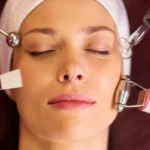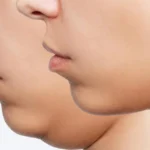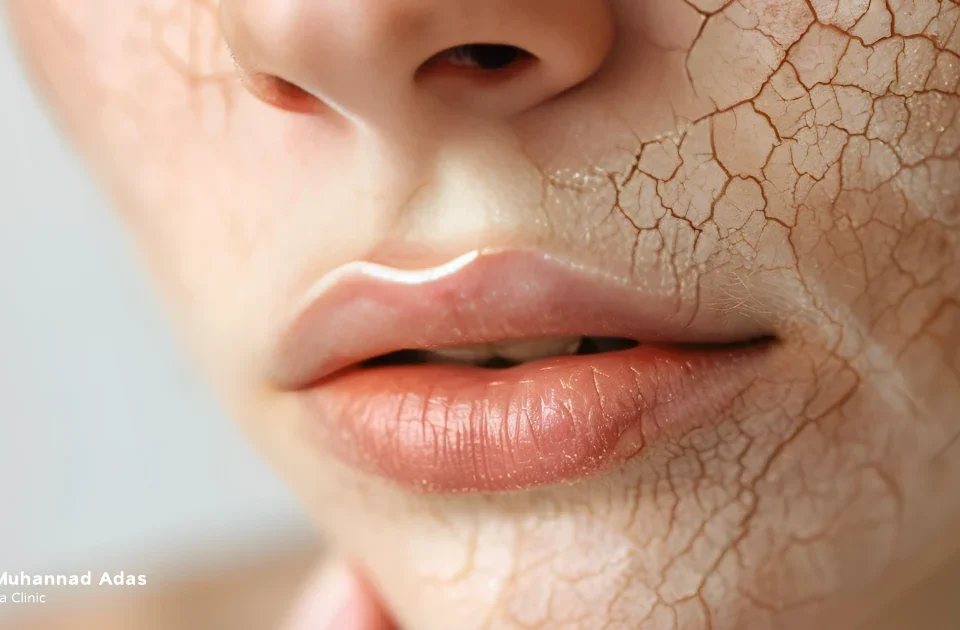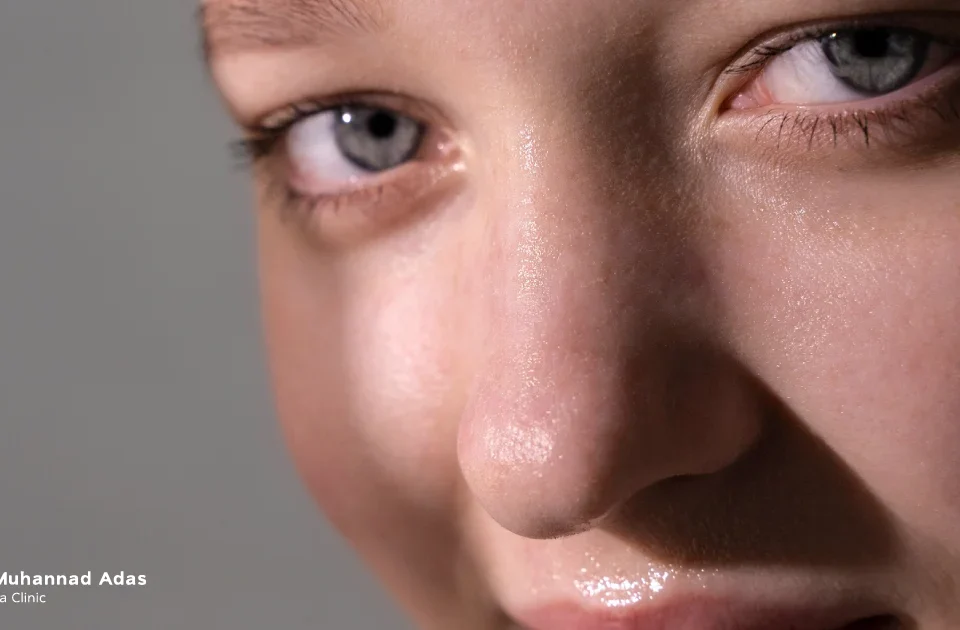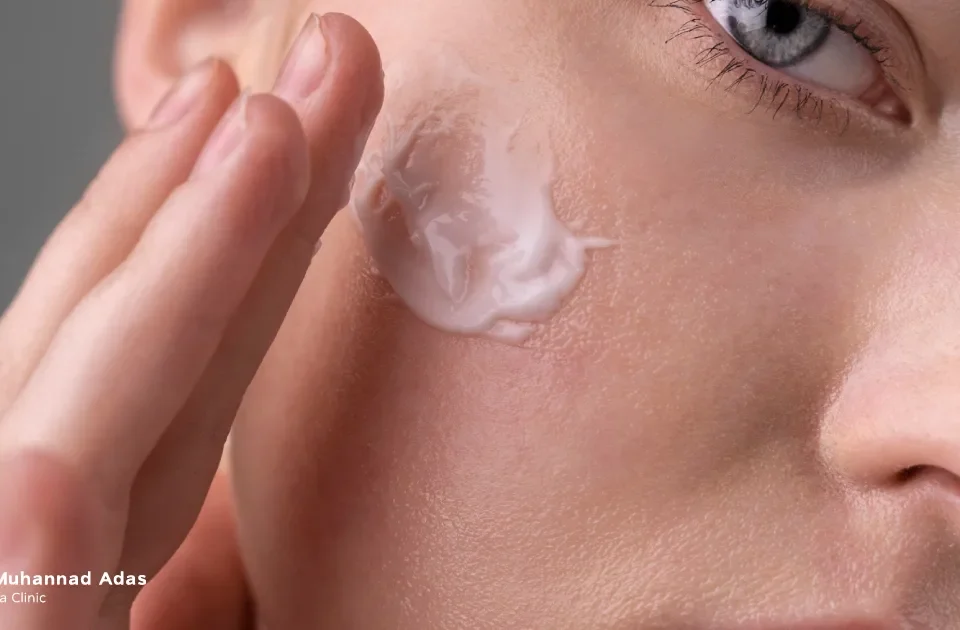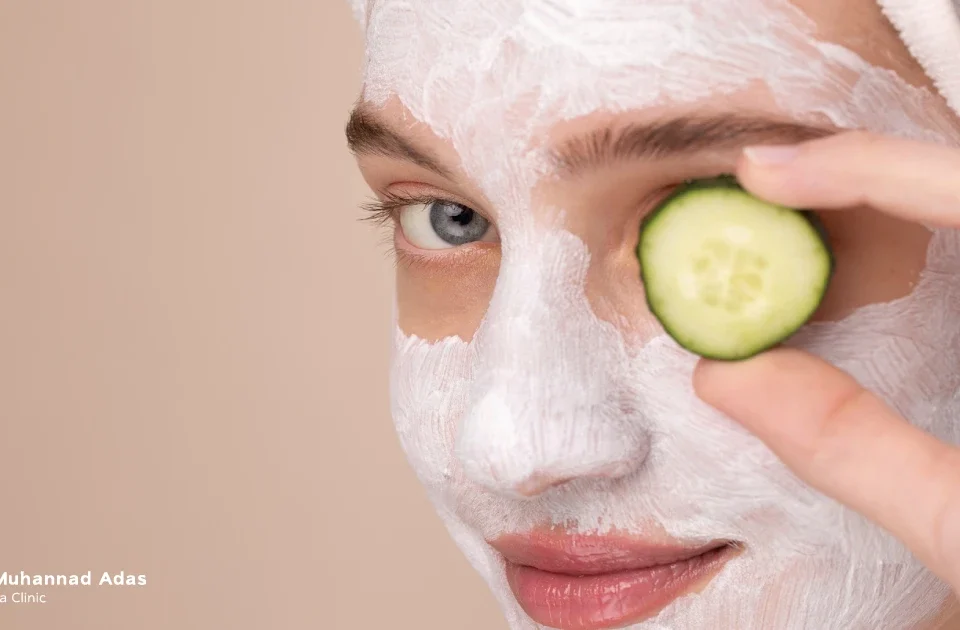Table of Contents
You might find difficulty in understanding the components of some cosmetic products or how they are manufactured, so you might quickly ask a dermatologist about them and their nature. However, some cosmetic procedures are characterized by their natural source which is composed of materials from the human body or the patient’s blood.
One of these non-surgical cosmetic procedures are platelet-rich plasma (PRP) facial injections that support skin health. It is also known as the vampire facial as the primary component of this treatment is the patient’s own blood.
Some may find the nature of this procedure unusual, but its effectiveness lies in the fact that it uses the patient’s own blood. Once you get the injection, you will notice significant results in your skin’s appearance when compared to before the platelet-rich plasma (PRP) facial.
Platelet-Rich Plasma (PRP) Facial
Let’s start with a fact that can help you understand how platelet-rich plasma facial injections work. Plasma has been widely used to treat wounds that do not heal easily, in addition to bone injuries, and to regenerate damaged tissues as well as to delay skin aging.
They are also known as platelet-rich plasma (PRP) injections, a cosmetic technique where the patient’s blood is used and processed, isolating the beneficial plasma and then reinjecting it into the face. Plasma works by stimulating collagen production, improving skin appearance, and reducing imperfections. It also treats many skin concerns, which we will discuss later…
Platelet-rich plasma (PRP) facial injections can be combined with other procedures such as Dermapen (microneedling) or others, as recommended by the specialist depending on the condition and that is to enhance the treatment’s effectiveness and achieve optimal results. Additionally, PRP can be used to treat hair loss and its issues.
Benefits of PRP facial injections
The most important advantages of plasma facial injections are:
- Regenerating and stimulating skin cells as the proteins in plasma help boost collagen and elastin production in the skin.
- Tightening the skin and reducing the appearance of wrinkles and fine lines, as the growth factors present in it work to renew and repair tissues and stimulate their growth.
- Unifying skin tone and reducing dark spots by improving blood flow to cells and aiding in cellular regeneration.
- Reducing swelling and puffiness after cosmetic procedures such as fillers and Botox, as it contains anti-inflammatory factors and natural proteins.
- Improving the appearance of scars, acne, dark circles, and large pores.
- Enhancing skin moisture and elasticity.
Read also: Mesotherapy for the face: The best non-surgical cosmetic technique
4 Steps of the platelet-rich-plasma (PRP) facial
Plasma facials consists of various stages that may usually take between 30-45 minutes, including:
- A numbing cream is applied to the area or areas to be injected.
- Blood is drawn from the patient and placed in a small special vial.
- The blood is placed in a centrifuge to be isolated, separating the platelet-rich plasma from red and white blood cells into layers.
- The platelet-rich plasma is then injected locally after being removed from the centrifuge, either through a cannula or microneedling.
After the treatment, you may notice some redness and mild swelling, which usually subsides within 12-24 hours, and there may also be some skin peeling.
When do the results of plasma injections appear at their best?
Plasma injections take 3-4 weeks to show results, and the factors affecting the effectiveness of the results are:
- Following a sound procedure when preparing the injection and performing the procedure.
- The nature of the condition should be suitable for what the plasma technique offers, and the condition should not require any surgical intervention.
- The patient should not be on the list of contraindications for this procedure such as:
- Those suffering from blood problems or diseases.
- Pregnant and breastfeeding women.
- Those with active skin problems or diseases on the face such as eczema and others.
- Those suffering from chronic diseases such as heart disease, diabetes, and immune diseases.
- Having blood or skin cancer in the injection area.
Read also: Plasma injections for hair: What you need to know before the procedure
The 7 Most FAQs about PRP injections for facial radiance
How many injections do I need?
Researchers have found that those who undergo three or more treatments experience the most visible and effective results. This means you may need to come to the clinic for PRP injections every 6-8 weeks between sessions to achieve long-lasting results.
How long do results last?
Results may last up to 18 months.
How much do facial PRP injections cost?
The cost of a facial plasma treatment can vary depending on the cosmetic or medical clinic, the specific procedures included, and several other factors, such as:
1- Initial skin assessment and existing skin conditions.
2- Cost of prior treatments: blood tests to check for viruses and health issues such as blood clotting disorders, and infectious diseases.
3- Anesthesia if needed, depending on the patient’s comfort level and desire.
4- The steps of the PRP facial injection that we previously mentioned such as: costs associated with blood drawing, centrifugation, and injection.
5- If the patient desires or the dermatologist recommends accompanying procedures like hair PRP or facial tightening, the cost will increase.
6- Post-procedure care: Costs for products such as moisturizers, antibiotics, and sunscreen.
7- Number of recommended sessions to achieve the desired results.
What about after the session?
Follow these tips after your facial PRP session:
1- Avoid direct sunlight or swimming.
2- Drink plenty of water.
3- Apply cold compresses or ice packs, but avoid direct contact with the skin.
4- Avoid strenuous exercise or physical activity after the session.
5- Do not wash your face for at least 24 hours.
6- Avoid makeup for approximately one day.
7- Use sunscreen and moisturizers regularly.
8- Eat a healthy, balanced diet.
The suitable age for PRP injections?
PRP facial injections are considered very safe due to their reliance on the patient’s own blood, which typically results in minimal allergic reactions.
The suitable age for PRP injections?
There is no specific age to undergo plasma facials, but it is recommended to get for individuals that are 20 and older. It is also possible to not achieve visible results at a young age.
What are the disadvantages of PRP facial injections?
The disadvantages of PRP facial injections are grouped under the side effects & complications associated with the procedure, which are usually minor and rare due to the nature of the treatment and the condition. Some of these complications include:
1- Feeling an itchy sensation.
2- Developing a mild rash.
3- Appearance of slight swelling or fluid retention.
4- Appearance of bruises or marks on the skin.
Cosmetic procedures have always had their pros and cons, but your concerns about the negative aspects can be minimized by choosing an experienced dermatologist or a trusted clinic.
Have we answered your questions? Have you delved deeper into your understanding of facial PRP injections?
If you have any more inquiries or want to book a skin care session, contact us using the following number:
+962799377600 Or visit our website: dradas.com
